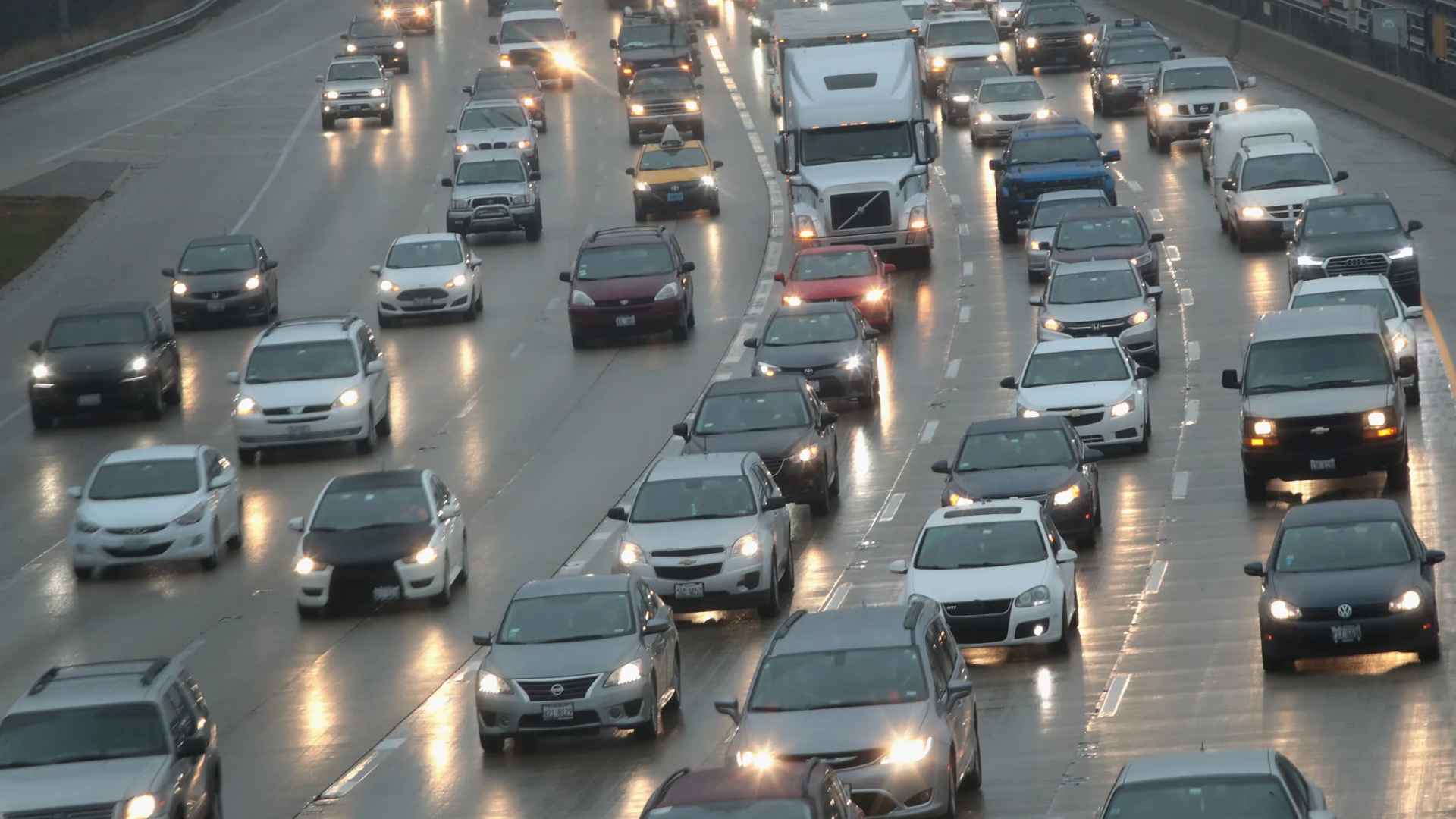A sweeping reform lets residents like Franklin Johnson reclaim their licenses and rebuild daily life across the Buckeye State.
Franklin Johnson did a double‑take when he opened a June 10 letter from the Ohio Bureau of Motor Vehicles: the decade‑old suspension on his driver’s license was gone. He is one of more than 400,000 Ohioans who can legally drive again—without paying a dime—thanks to House Bill 29, which took effect in early April.
Ohio lawmakers end debt‑based driver suspensions with House Bill 29 reform
Passed with bipartisan support and signed on January 8, HB 29 eliminates automatic suspensions tied to unpaid fines, school truancy, child‑support arrears and non‑driving drug offenses. Courts had until May 9 to flag qualifying records; the BMV then canceled them, lifted vehicle‑registration blocks, and mailed out reinstatement notices.
In all, 429,501 suspensions disappeared and roughly $8.3 million in reinstatement fees were forgiven. First thought: that’s nearly half a million paychecks, doctor’s visits, and school drop‑offs back on schedule. Who misses out? Driving under the influence, vehicle‑related drug crimes, and major insurance lapses still keep motorists sidelined.
What types of non‑driving suspensions qualify for automatic license reinstatement today
A 2022 Legal Aid Society study showed 60 percent of Ohio’s one million license suspensions stemmed from non‑driving causes. Those paper penalties had real‑world fallout: no license meant no work, which meant no money to clear the fines—an endless loop. HB 29 breaks that cycle. Even parents behind on child support can now ask a judge for limited driving privileges the moment a suspension hurts their ability to pay.
“These are not just numbers on a spreadsheet,” says Sen. Catherine Ingram (D‑Cincinnati). “They are workers and parents finally able to take the night shift or get their kids to the dentist.” These are the steps drivers should take now to confirm their reinstated status and next moves:
- Check your record online or at any BMV branch. Missed the letter? No problem—records update automatically.
- Verify court debts. HB 29 wipes the suspension, not the underlying fines, so arrange a payment plan if money is still owed.
- Update insurance before hitting the road. Proof of coverage is still required at traffic stops.
Businesses are already cheering the change. “We lost solid employees when they lost their licenses,” notes Sen. Lou Blessing III (R‑Colerain Township), HB 29’s co‑sponsor. Now, employers regain workers who can drive to late‑night shifts without juggling rideshare costs.
Why this matters beyond Ohio
With HB 29, Ohio joins 25 states that no longer pull licenses merely for debt. The trend signals a policy shift: mobility is a necessity, not a bargaining chip, and public safety isn’t served by sidelining safe—but broke—drivers.
Nearly half a million Ohio residents have a second chance to commute, care for family, and earn a living—proof that fairer rules on the road can power economic recovery one license at a time.

